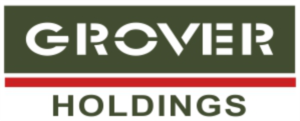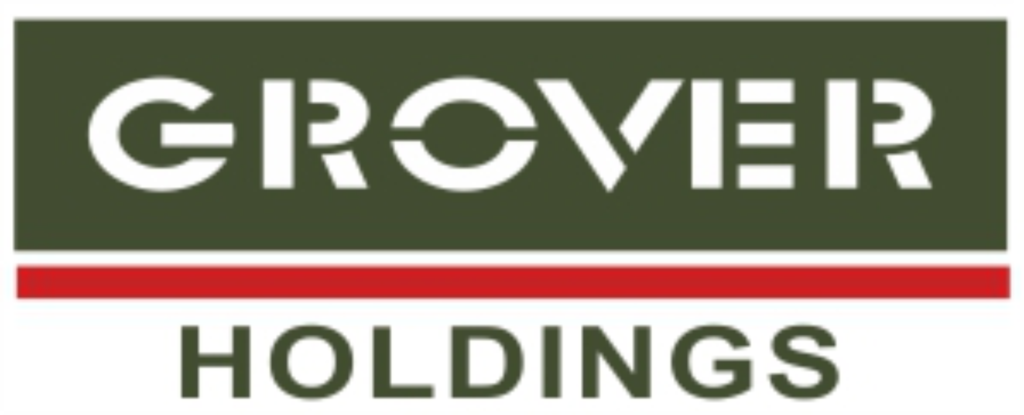
Image Credit: DALL.E
In our previous blog post, we elaborated on some of the frequently asked questions (FAQs) on Leak Testing/Headspace Analysis that our team answered at the recently held PDA Conference in Hyderabad.
In this blog post, let’s uncover some key questions on facility maintenance and cleaning that we were asked by leading Injectable/OSD and API manufacturers at the PDA Conference.
An interesting data point was presented during the conference on cleaning validation. More than half of the observations related to cleaning were issued to OSD manufacturers. API manufacturers too had their share of cleaning related observations.
From this, it is evident that it’s not only the Injectable manufacturers who face these issues. The above trend has been visible in the last couple of years.
Here are 4 common key questions that were posed to us from all manufacturers (a separate FAQ specific to injectable manufacturers will be released shortly):
1. Why does corrosion/rouging/pitting happen in the production environment? Can we tackle it in-situ?
2. How do we minimise the risk of crossover contamination in non-dedicated equipment?
3. How do we prevent colour build-up on equipment and surface areas when manufacturing coloured products in OSD?
4. When we use sharp implements to clean hardened films of drug products, we end up damaging equipment surfaces. How can we clean without scratching the surfaces?
Here are our thoughts on the above questions:
While there are many reasons for corrosion, such as water stains in OSD, chemical vapours in API, disinfectant residues in injectables, etc., the primary reason for corrosion progression is the inability to clean the surfaces in the initial stages when the deposits on the surfaces are formed.
It is not that attempts to clean are not made, but it is the type of tools used that makes cleaning ineffective.
We all know that cleaning requires abrasion. But in the case of pharma manufacturing, it should be abrasion without scratching the surfaces and more importantly, with limited particulate release.
The type of implements commonly used in many pharma organisations are wipes and mops made from low linting polyester. Since these are smooth, they offer minimal abrasion which makes the cleaning ineffective.
This allows build-up of residue/deposits/vapours in the grain of the metal and thus starts the corrosion process with the first step being visible stains.
The solution to this is using cleaning tools that dislodge surface deposits, entrap them, and remove them from the surface – including from the grain of the metal and without scratching the surfaces.
Once corrosion appears it is necessary to conduct a remediation step as fast as possible to make sure that the damage does not propagate to nearby surfaces.
Allowing the problem to progress until a planned shutdown of the complete facility may lead to permanent damage to expensive production equipment while increasing the daily risk of microbial contamination.
A novel solution in such scenarios is the Sahara+ remediation system which is designed to address rouging and corrosion with a Clean Room compatible process which brings surfaces to “like new” condition while effectively allowing to attack the problem in its nascent stage.
The proactive use of this system leads to significant time and money savings compared to traditional chemical passivation/remediation processes.
Further, once surfaces are recovered, the preventive use of Sahara Mops, Sahara Sponge and MiraWIPE on a regular basis to remove surface deposits/residues will avoid the rouging and corrosion from reappearing.
Here is a quick demo on how to remediate and prevent surface corrosion with the right tools:
If you’d like to learn more about this topic, please visit our website https://groverholdings.com or get in touch with us at vivek@groverholdings.com.
Credits
Foamtec International, Wilshire Contamination Control Division.
Alsico Iberia S.L.(formerly known as Vestilab)

